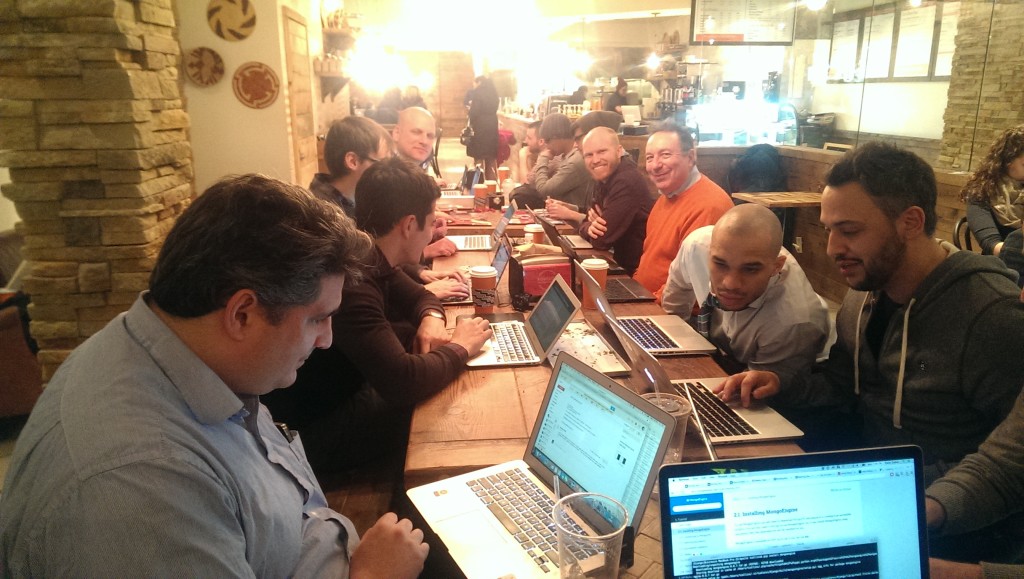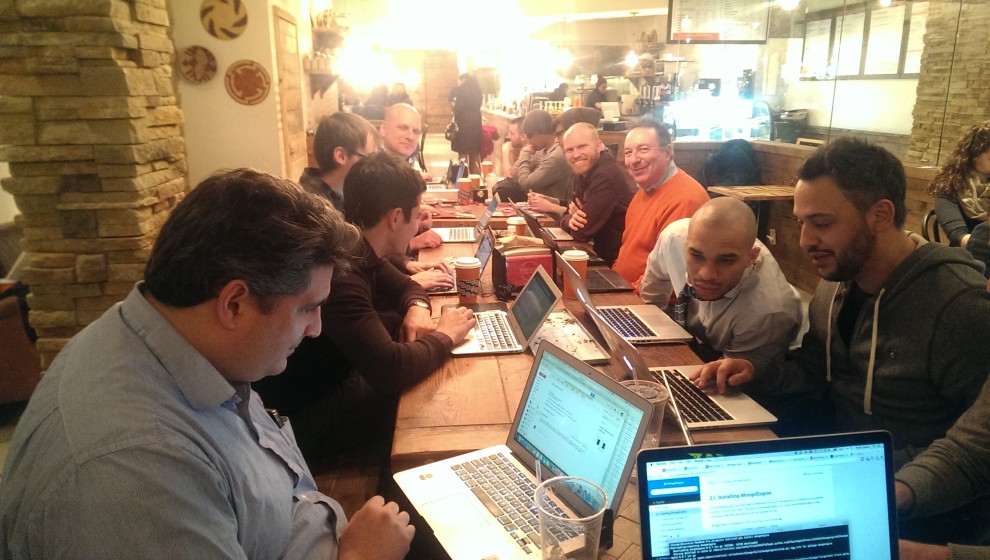Before you decide to take a Django course, you should know its basic history. Django was found in 2003 in Python, but it got recognition when it was announced that DSF (Django Software Foundation) newly formed organization for taking care of the future endeavors of the Django.

Django is an Open source web framework which is developed in python and is free for all developer community meaning anyone can use, implement and edit the software in any way feasible resulting in encouragement to the developer community to take a Django Online Course in dallas and voluntarily help improve the software. Also, the part of the software is kept hidden (Source Code) and is protected under copyright infringement laws.
Django follows MVC (Model View Controller) architectural pattern, which helps it prevent the general mishaps occurring in software architecture, help improve the performance, monitor the hardware resource usage, minimizing the risks involved in business and broadens the scope of the software design.
The main motive for the development of Django was to ease the process for making database driven websites, making it convenient for not so acquainted web developers to use the framework and be able to implement the database related tasks without having a thorough knowledge of the development process. Also, Django implements reusability of code, fast development, plug ability of various components and provides emphasis on the principle of “do not repeat yourself” in terms of writing the code. Python is the base of Django which is used all through the process, as you set the model for designing and using various setting files in the development procedure.
Django provides an administrative model to control the interface dynamically which is available by configuring admin models, which helps in various tasks like reading, create, update, delete interfaces. Database based websites have grown tremendously over the years, and are also amongst the top most used or most traffic generating websites or applications. Some of the few right there on the top of the food chain are Instagram, Pinterest, Mozilla, Public Broadcasting service, Nextdoor, Disqus and much more.
Basic Idea of the Components of Django:
1> Views: views are the callable object generating HTTP responses.
2> Model: described as the relational database.
3> Controller: A regular expression based dispatcher.
4> Consists of ORM (Object relational mapper): which helps in dealing with the data models (views) and the relational database (Model) and regular expression based Dispatcher (Controller).
5> A Standalone and dependable web server for testing and development purposes.
6> Caching framework which helps with the multi-tasking, by holding several cache methods.
7> Implementation of middleware classes capable of executing in the between various stage to provide custom functions.
8> A serialized system which helps generate and understand Django model instances produced in XML, Jason or both.
Conclusion: Django requires no tools besides a general text editor, as the source code can be easily edited there. Several IDE’s (Integrated development Environments) can add much more to the basic functionality as debugging, unit testing, refactoring, which can help increase the productivity and ease the process of development.



